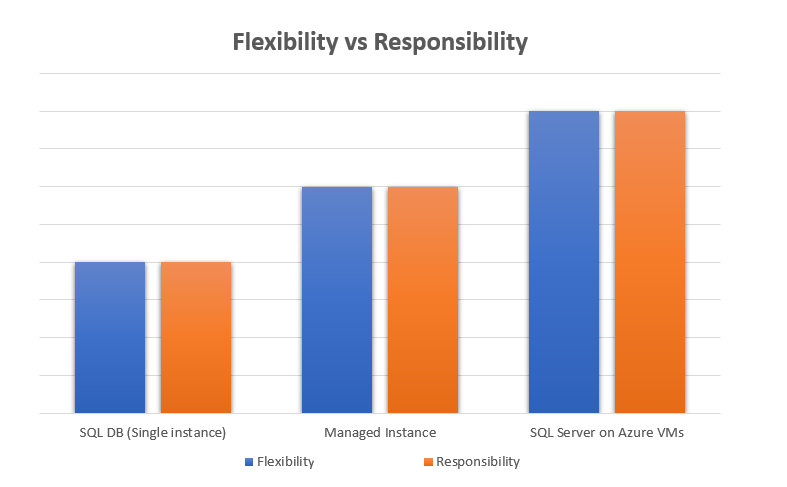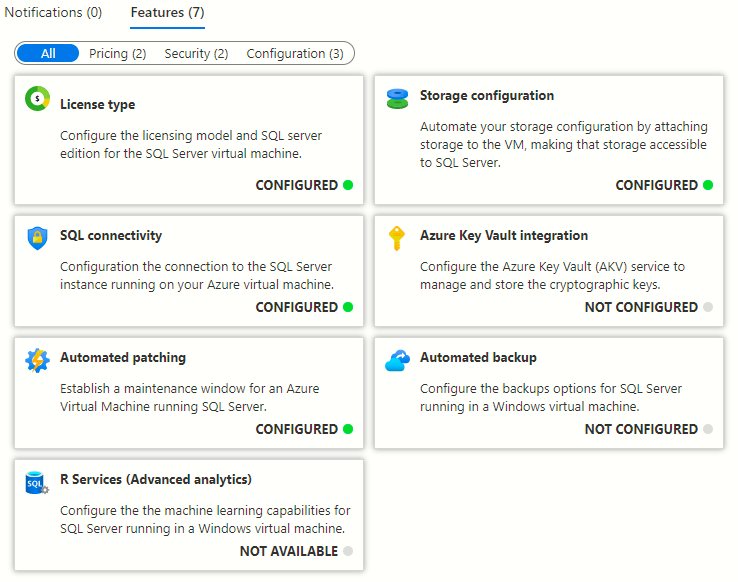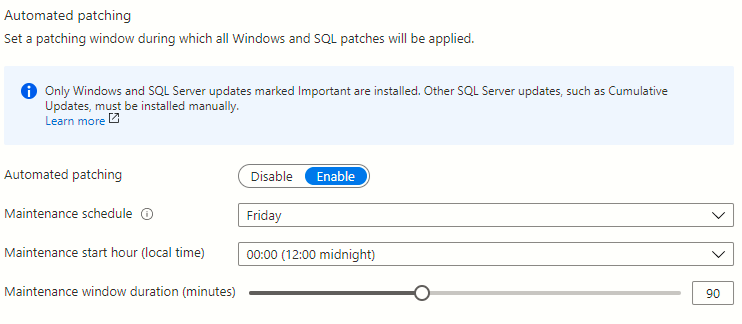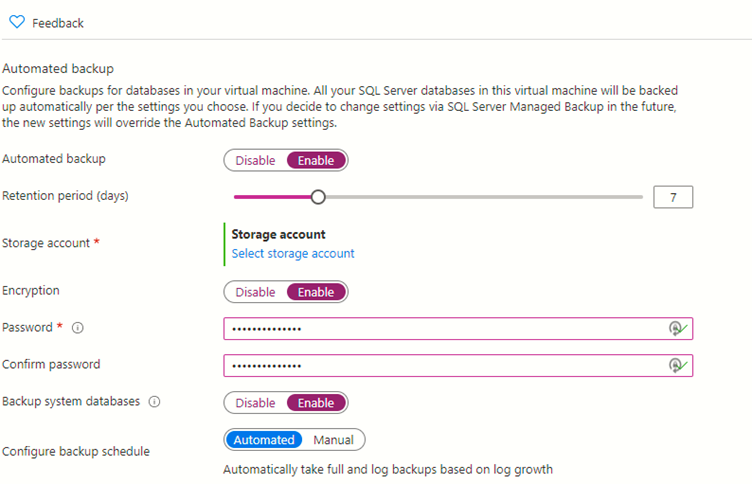
On Sunday morning, I sat and passed exam DP-300 which gives the certification of Microsoft Certified: Azure Administrator Associate. I’ve been sitting Microsoft exams for a number of years now but this was my first for a while. I wanted to jot down what thoughts still remained in my head following the exam.
Preparation
I prepared for the exam by following the course from ACloudGuru. I’m a big fan of this site as it has helped me learn so much about AWS; so I thought I would trust it for Azure learning as well. I have to admit I had been going through the course at a snail’s pace and by the time of completion, I had forgotten some of things I had learned initially. I sat their exam simulator and got 77% which was not a pass.
I realised from doing the exam simulator that there were some areas where my knowledge was weaker, specifically on some newer features I hadn’t worked with day to day and also migration options for the likes of Postgres and MariaDB.
I wrote down each wrong answer, learned why it was wrong and what was correct. I resat the test and got 87%. I repeated the process and got 89%. A lot of the questions were repeating by now and I felt ready to sit the exam.
Sitting the DP-300 exam
The exam itself was MUCH harder than the exam simulator, however in fairness, the exam simulator was pushing you to achieve 80% which allowed a bit of a buffer come exam day. (Microsoft only look for 700/1000). There are some areas I think the simulator could have covered more extensively and a bigger bank of questions would have been helpful.
However when it came to the exam, I managed to rely on my experience to pull some old knowledge out of the darkest recesses of my brain, and made a few educated guesses. Thank fully I passed with 800+. Not the best score but the exam itself is pass or fail.
Focus areas for sitting DP-300
I can’t be too specific here due to NDA but I would suggest if you are an experienced SQL DBA but have limited or no recent Azure working experience, some areas to focus on are:
- PAAS vs IAAS
- Remember PAAS needs less administrative effort than IAAS or on premises. Look for clues in the question.
- Business Critical and Premium vs General Purpose and Standard
- Azure SQL Server IaaS Agent Extension
- Database mail for managed instance
- Migration options (Online and offline) – And not just for SQL Server
- Encryption vs Dynamic data masking
- Query store
- Key Vault
- Some Azure networking like Virtual network and VPN
- Know your performance DMVs and how to diagnose blocking and slow executing queries
- Backup of system DBs
What’s next
I’m still deciding but it’s given me the bug after a couple of years of not doing much active learning. So I think AZ-104 to help me re-establish some Azure infrastructure knowledge or DP-203 to introduce me to some parts of Data engineering that I’m looking to learn.






 I left what I considered to be a great permanent job to become a DBA contractor in Glasgow. It was one where I could pick some of my own projects, work with new and interesting technology and work in a team which collaborated well, liked each other and were good at sharing knowledge.
I left what I considered to be a great permanent job to become a DBA contractor in Glasgow. It was one where I could pick some of my own projects, work with new and interesting technology and work in a team which collaborated well, liked each other and were good at sharing knowledge.